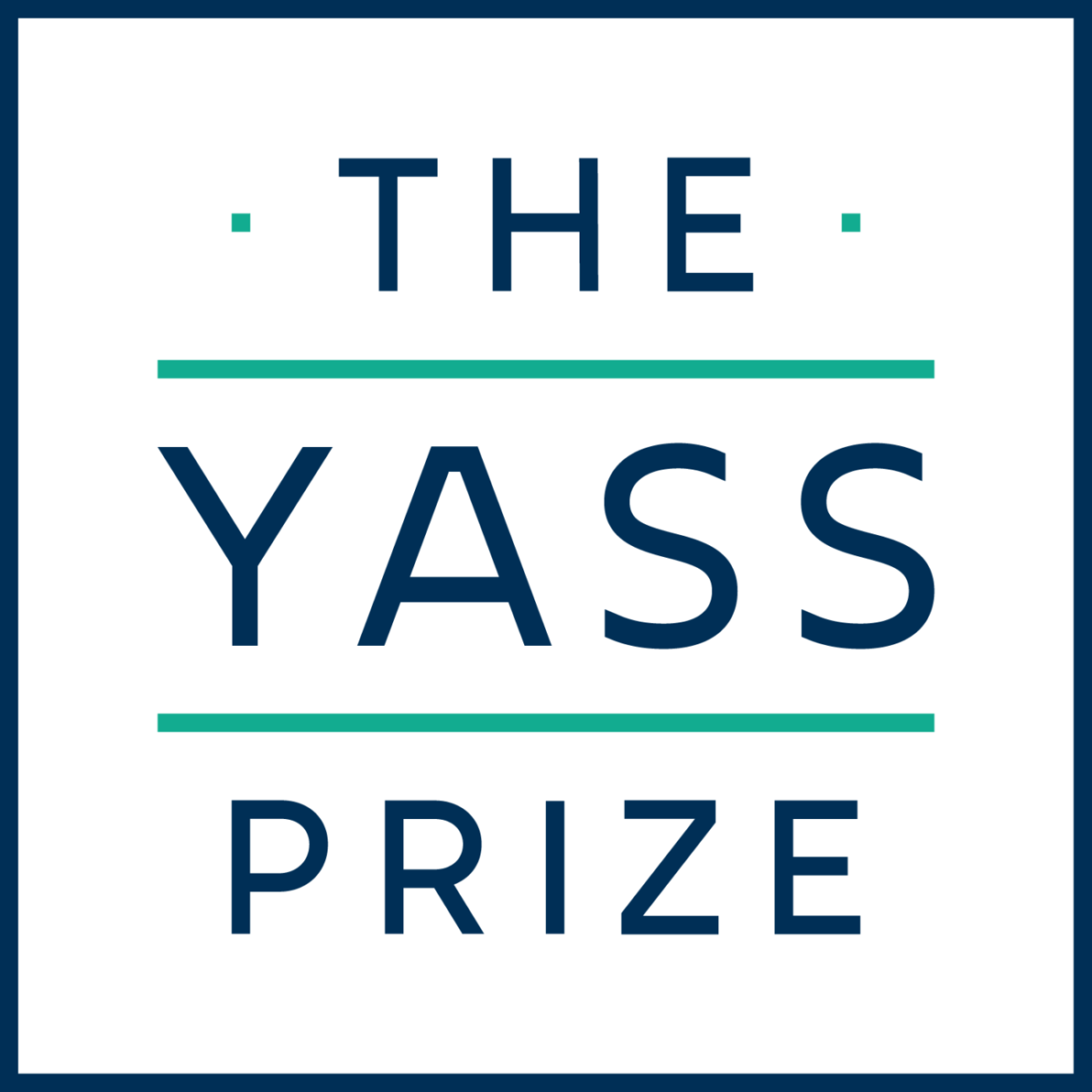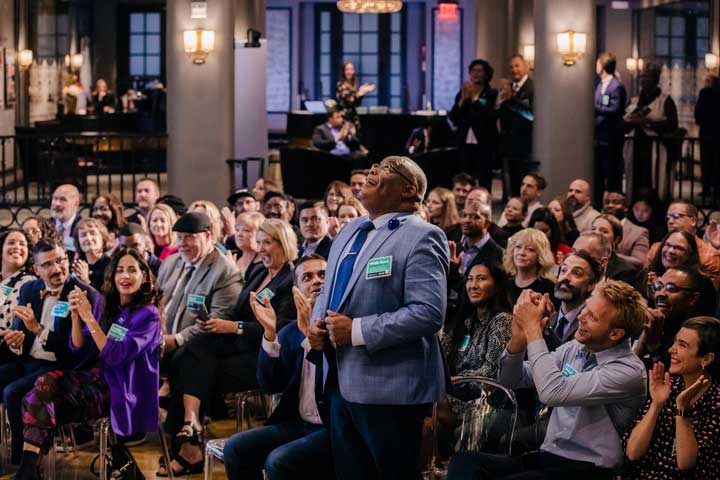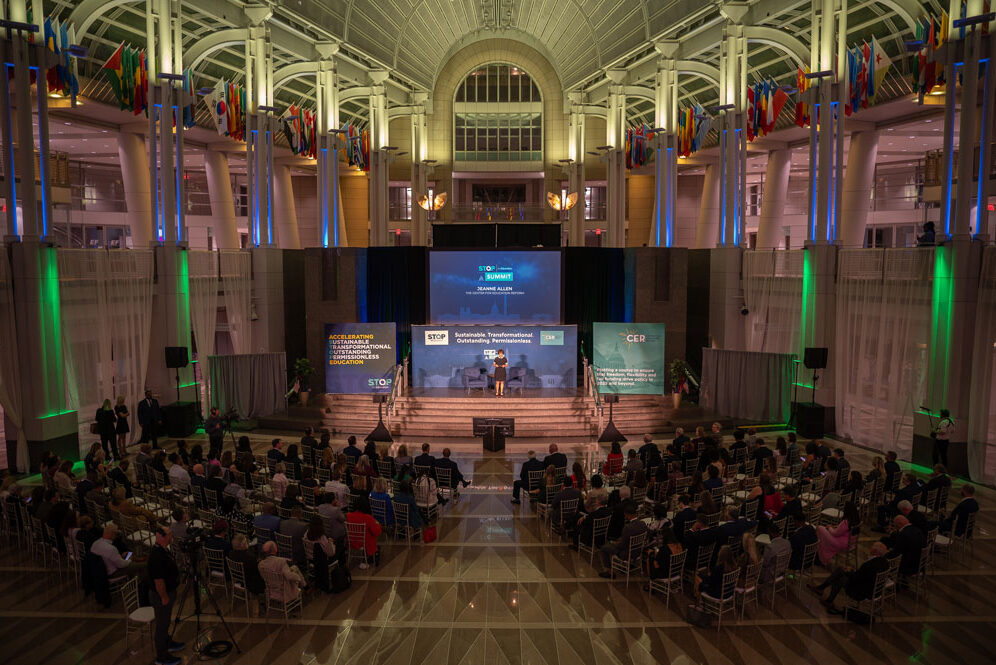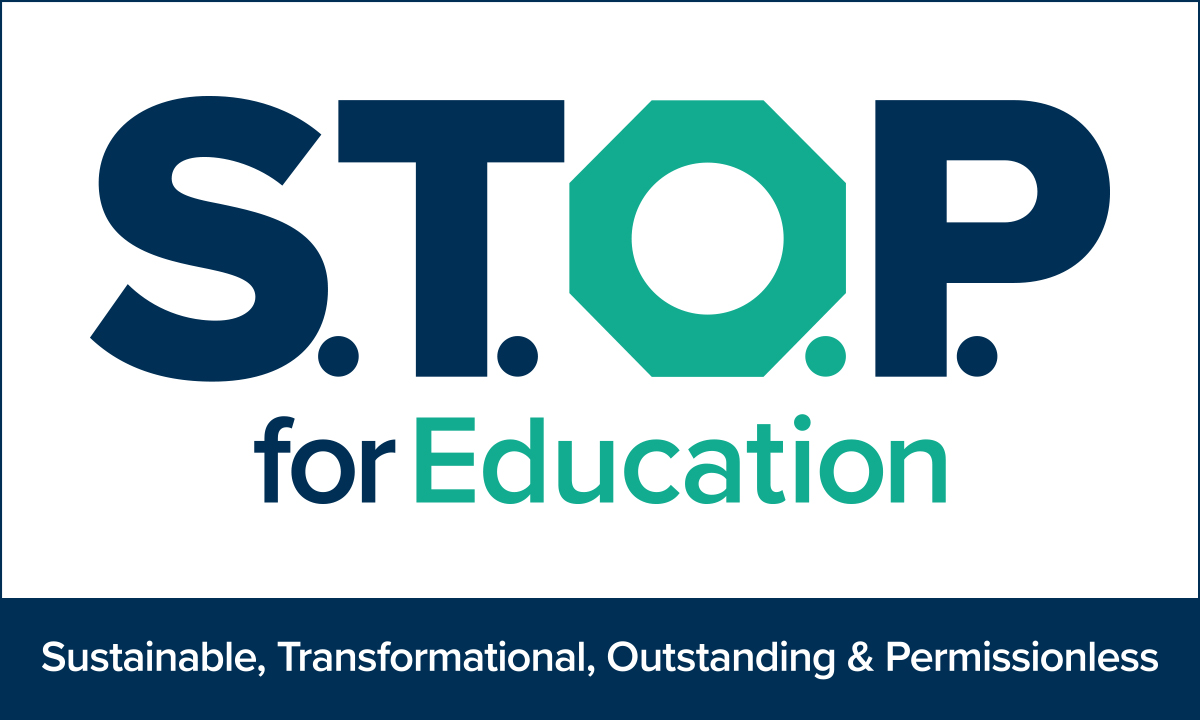Opinion: The numbers show that teaching needs a new approach
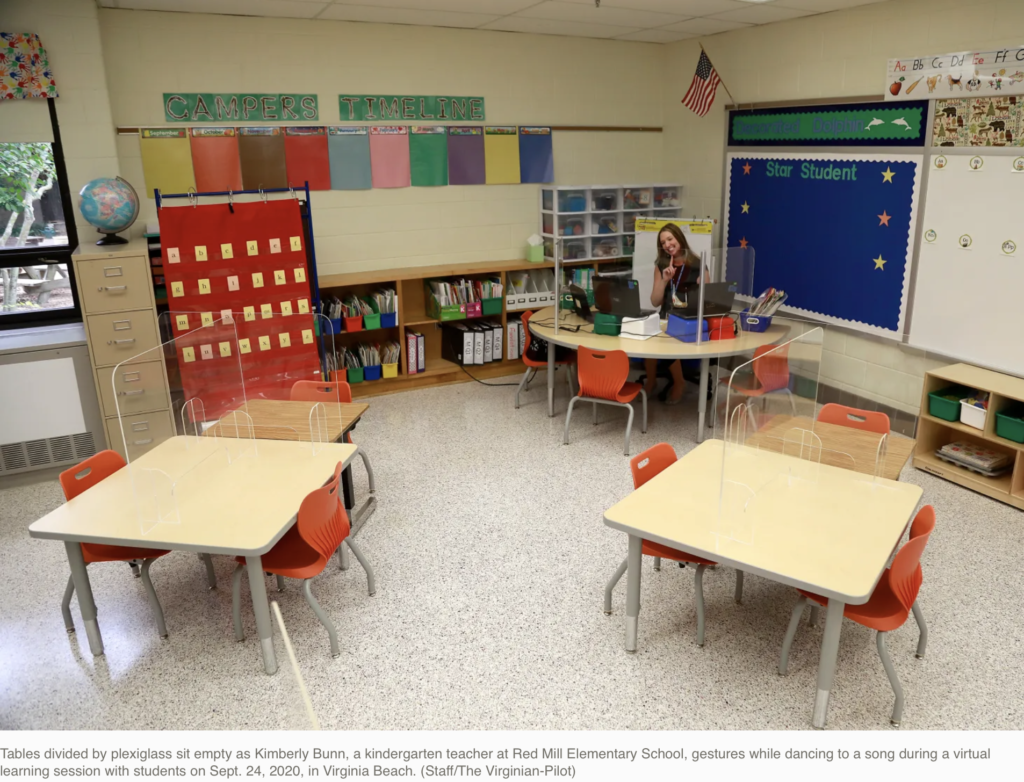
The profession of education is at a crossroads. In my 40 years as an educator, I’ve had the privilege of working with some truly amazing teachers, individuals with selfless dedication to their students and their craft. These educators were allowed the autonomy to integrate standard curriculum with joyful creativity, generating exceptional opportunities and outcomes for their students.
Sadly, this opportunity was severely curtailed in the public schools beginning in 2002 with the passage of No Child Left Behind (NCLB) and the requirement for standardized testing. With NCLB, the role of teachers was fundamentally changed. No longer would teachers be allowed to approach each new year fresh and craft their curriculum to meet the needs and interests of a new group of young minds. Rather, they would be judged on their adherence to prepackaged curriculum and their students’ ability to demonstrate mastery of that curriculum by filling in bubbles on a scantron form. The message to educators was “stick to the script.”
Fast forward to COVID. After two decades of strict instructional guidelines, in one day the entire narrative changed. Schools closed in March 2020 and the educational process as it had been practiced in public schools was completely disrupted.
The response in many major school systems was chaotic, at best. The expectation that educators would immediately find creative and innovative ways to address their students in virtual environments, after years of being forced into the box of NCLB, was wholly unfair to them. That some were able to take on the challenge is remarkable. That some could not is unsurprising.
Ultimately, the result was an exodus from the profession the likes of which had never been seen before. The largest group to leave were teachers of retirement age, as one might expect. But even many younger educators made a choice to change career paths. The results of their departure have created a dire situation. A recent study from the state of Michigan showed that while teacher vacancies have nearly doubled, the number of students enrolling in colleges of education has declined by half.
This information is not new or surprising, either to educators or the public. What is surprising is the lack of a cogent public policy to address it. Several states are creating pipelines within their traditional schools to assist teaching assistants or career switchers to find an expedited path to teaching. While these are productive steps, they keep the profession on a path that embraces the status quo. Education needs an overhaul the likes of which it has not seen since the early 1900s. It’s time for us to stop talking about “21st century education” and start inventing it.
During COVID, the number of children being educated outside of the public school system grew exponentially. Families needed educational options, and ingenuity won out. Learning pods, homeschools, independent/private schools, virtual schools and many other configurations were born, or grew, out of necessity. Families discovered new and exciting models of education for their children that better served their individual needs. As a result, today there are nearly 3 million fewer children enrolled in public schools nationally than pre-pandemic.
The pandemic mandated change in so many businesses and professions. Those who managed it most successfully accepted the challenges and embraced the opportunities presented. Today, education faces the challenge of a drought of young people interested in teaching. It’s time for us to rethink the profession, to rethink curriculum and to rethink how it is delivered.
We learned a lot about virtual learning during the pandemic, so let’s use those lessons to create new virtual and hybrid learning environments that provide personalized learning opportunities. If we choose as a society to “stick to the script,” we will lose the momentum and creativity that the past three years has offered us. It’s time to turn the page and write the next chapter in the future of education.
Judy Jankowski, Ed.D., is head of school for Chesapeake Bay Academy in Virginia Beach. CBA is a semifinalist for the Yass Prize in Educational Innovation
